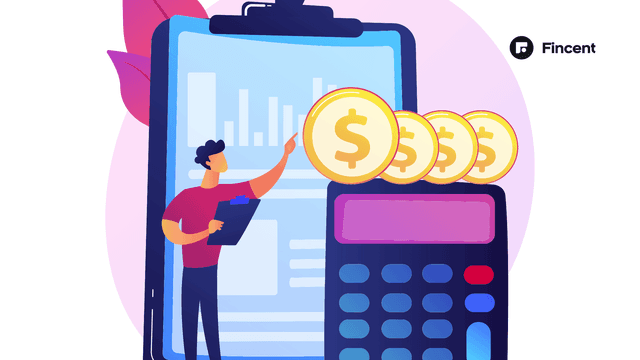- Glossary
- Border Adjustment Tax (BAT)
Border Adjustment Tax (BAT)
Border adjustment tax is an abbreviation for a proposed destination-based cash flow tax (DBCFT). It is a value-added tax on imported goods, also known as a border-adjusted tax, destination tax, or border tax adjustment. In this case, exported items are tax-free; however, imported goods sold in the United States are taxed.
Understanding Border Adjustment Tax
The border adjustment tax (BAT) imposes a tax based on the location of a good's consumption rather than its place of production. The profit a tyre business generates on the tyres it exports, for instance, is not taxed if they are shipped to Mexico to be utilized in the production of cars.
The money gained by the corporation on the sale of the cars (including the tyres) in the United States is taxed, though, if the tyres were purchased by a U.S. automaker from Mexico for use in vehicles built in the country.
Furthermore, the cost of the imported tyres cannot be written off as a business expense by the corporation. Alan J. Auerbach, an economist, initially proposed the idea in 1997. He held that the tax code should be based on the objectives of both businesses and the country.
Benefits of Border Adjustability Tax
The cost-side potential benefit of the border adjustment tax has received the most attention thus far. Because there would be less competition from businesses that do not impose a border tax, American consumers would pay less for goods that were less expensive to produce. The border adjustability tax may also provide additional money.
The border adjustability tax would provide money to pay for the building of a wall along the U.S.- Mexico border by taxing imports and exports. The influx of migrants and drugs from Mexico may be stemmed with the aid of that wall. Even yet, it would do more to lessen competition from Mexican businesses that market less priced goods in the US than do American businesses. Finally, the BAT may benefit the economy if it successfully lowers imports and raises prices.
How Border Adjustment Tax Works
The BAT is a destination-based tax that is based on the idea that rather than taxing things according to where they are produced, taxes should be applied according to where they are consumed. The location of a company's base or headquarters is irrelevant. Everything depends on where its items are sold.
The BAT was developed in 1997 and is credited to economist Alan A. Auerbach.
For instance, if the United States had a BAT, items that are exported from the country would not be subject to taxation whereas commodities that are imported and sold there would.
The BAT was proposed in 2016 as a component of the comprehensive tax reform in the US. It was, however, met with vehement opposition and eventually was not included in the tax regulation changes that were put into effect in 2018.
Key Takeaways
A destination-based tax system called the Border Adjustment Tax (BAT) levies taxes on commodities according to where they are used. The BAT was developed in 1997 and is credited to economist Alan A. Auerbach.
BAT proponents claim that while it won't result in long-term price increases or effects on trade, it will assist promote employment and strengthen the dollar.
BAT's detractors claim that it will severely affect trade and raise prices for consumers, trickling down to them. A variant of BAT was presented by lawmakers as part of tax reform in 2016, but it did not receive sufficient support and was not included in the tax reform that became effective in 2018.


